Your Guide to 3D Lipo Freeze: Does It Actually Work?
If you are struggling to lose weight in a specific part of your body, 3D lipo freeze treatment is a non-invasive procedure that will give you real results. This powerful and easy treatment is increasingly popular and available at the Dermagical Skin Clinic in London.
What is 3D Lipo Treatment?
3D lipo is often thought of as “fat freezing,” while in fact, it offers so much more! It actually combines four technologies into one comprehensive treatment. 3D lipo is an alternative treatment to traditional liposuction.
A non-invasive procedure, 3D lipo has proven effective and popular by combining multiple procedures into one treatment session. The ultimate goal is to reduce fat and cellulite as well as tighten your skin.
How does 3D Lipo Work?
Treatment is non-invasive and thus requires no anesthetic; patients report it as relatively pain-free! You can target various areas of your body for 3D lipo treatment, including areas such as your abdomen, legs, and buttocks.
Many patients wish to target areas known familiarly as love handles, muffin top, or even flabby arms. Others wish to target areas of cellulite. Dermagical Skin Clinic will work with you to determine your needs and treatment plan.
Using low-frequency ultrasound, fat cells are targeted and liquidated. This method is known as cavitation. 3D lipo also uses cryolipolysis which simply means fat freezing. Targeting superficial fat cells, this treatment freezes the water inside the cells, causing the cells to break down on their own.

Skin tightening is achieved through the use of radiofrequency; low-level heatwaves contract existing collagen and stimulate new collagen production. Finally, 3D lipo includes dermology, the use of vacuum and roller technology to increase blood circulation as well as lymphatic flow.
What to Expect From Your 3D Lipo Experience
The 3D Lipo Machine in use at Dermagical Skin Clinic is comprehensive as well as safe. We will schedule an initial consultation with you so that you can discuss your situation with an experienced consultant.
We will determine which of our four modes of treatment are right for you – you can choose any combination of all of the available treatments.
Dermagical London Skin Clinic performs an intake of your medical history to ensure your safety and that the procedure is a good fit for your needs. Patients with diabetes, heart problems, epilepsy, or other heart or immune disorders should not undergo 3D lipo treatment. Pregnant or breastfeeding women should also avoid 3D lipo treatment for the health of both mom and baby.
In preparation for your treatment session, do not drink alcohol or caffeine on the day of your appointment, and make sure you are well hydrated with water throughout the day.
3D lipo sessions generally last around one hour. Most patients achieve optimal results after six to eight sessions.
After your 3D Lipo Treatment
After your 3D Lipo treatment, your skin will feel renewed and both firmer and tighter. Our patients report noticeable results and incremental weight loss after their 3D lipo sessions.
In terms of maintenance, we recommend booking additional “top-off” 3D lipo sessions annually to maintain optimal results. Of course, diet, exercise and lifestyle will affect your results as well as the length of time your results will last.
Possible side effects are generally mild and include numbness, redness, bruising or slight discomfort in the treatment area. Generally, positive results are seen even more as time passes and your body rids itself of destroyed fat cells. Further questions? Contact Dermagical Skin Clinic to book a consultation in London today!
Latest News
- August 25, 2021
- August 25, 2021
- July 21, 2021
- July 20, 2021
- June 21, 2021

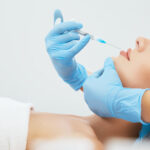
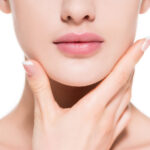
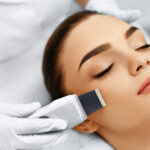
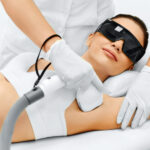


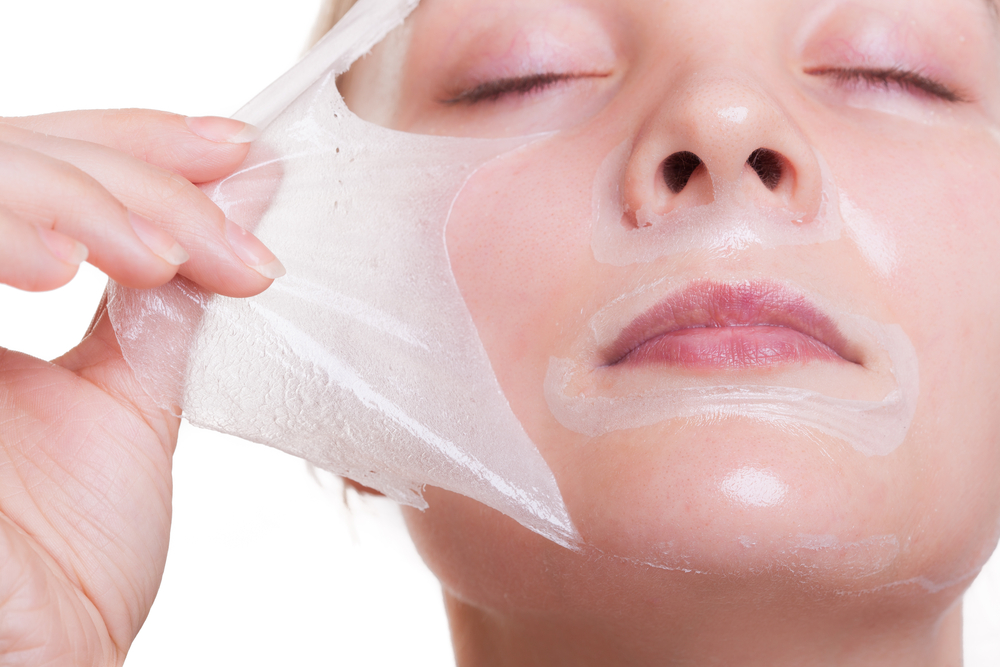
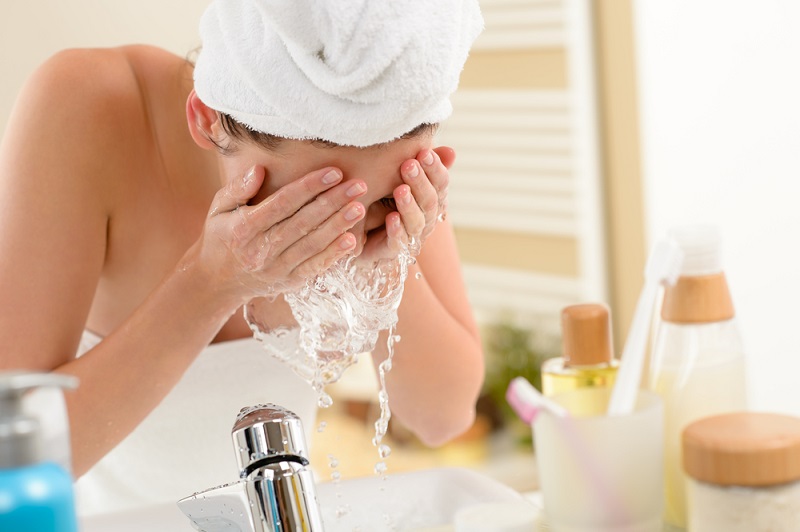
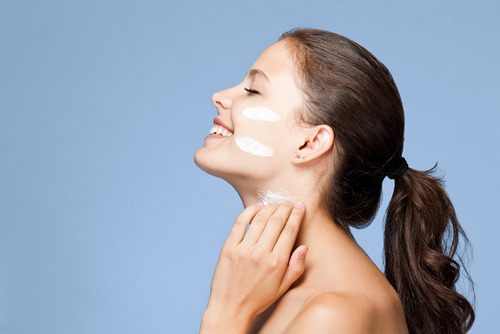



 Unlike red birthmarks that are caused by the clumping of extra blood vessels, pigmented marks occur when there is an overgrowth of your body’s natural cells (melanin) that create pigment.
Unlike red birthmarks that are caused by the clumping of extra blood vessels, pigmented marks occur when there is an overgrowth of your body’s natural cells (melanin) that create pigment. Mongolian birthmarks usually fade away without treatment by the time the child reaches school age. A dermatologist can diagnose if your child has Mongolian spots and perform a physical exam to check for other signs and symptoms.
Mongolian birthmarks usually fade away without treatment by the time the child reaches school age. A dermatologist can diagnose if your child has Mongolian spots and perform a physical exam to check for other signs and symptoms. The mere appearance of a birthmark is enough for a skin doctor to make a diagnosis. If a mole is suspected to be malignant, a biopsy will be performed.
The mere appearance of a birthmark is enough for a skin doctor to make a diagnosis. If a mole is suspected to be malignant, a biopsy will be performed.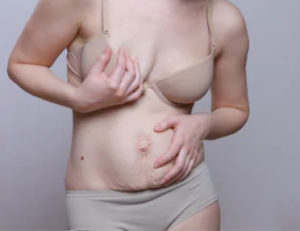 Birthmarks with brown pigment are suitable for laser treatments. A special type of powerful laser targets the pigment-producing cells in the skin and breaks them into small fragments to be absorbed by the body.
Birthmarks with brown pigment are suitable for laser treatments. A special type of powerful laser targets the pigment-producing cells in the skin and breaks them into small fragments to be absorbed by the body. Q-switched Nd:YAG laser – this type of laser has been found to be 7x more effective in treating vascular and pigmented lesions. It has a longer wavelength that penetrates deeper vessels. It is used for treating age spots, freckles, darkened scars, café-au-lait spots, and other brown birthmarks.
Q-switched Nd:YAG laser – this type of laser has been found to be 7x more effective in treating vascular and pigmented lesions. It has a longer wavelength that penetrates deeper vessels. It is used for treating age spots, freckles, darkened scars, café-au-lait spots, and other brown birthmarks.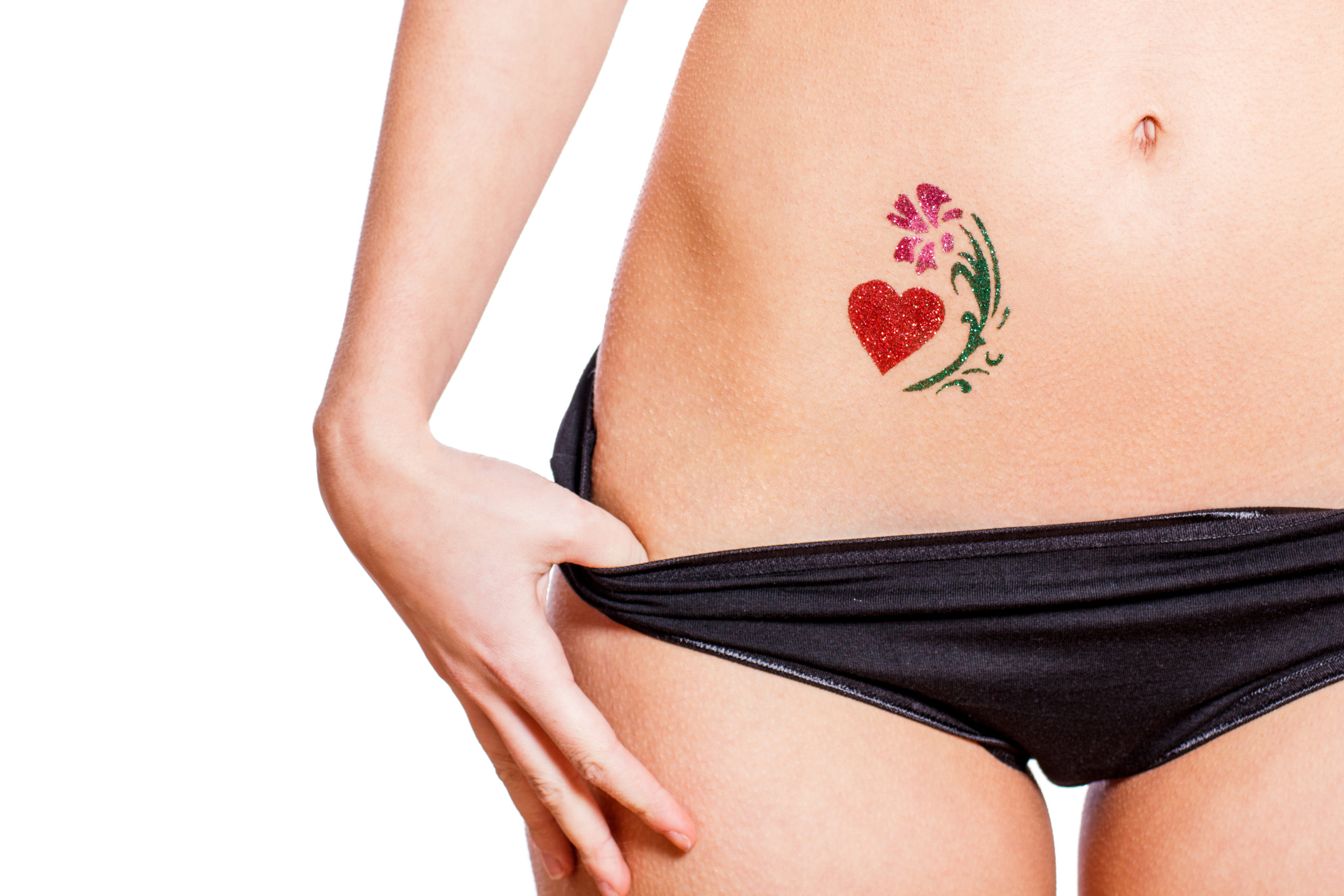
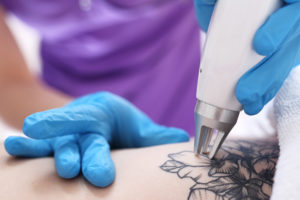 The problem with these myths is that they either scare people away or promote unrealistic expectations, which hinders candidates in finding an effective removal treatment for their “tattoo fails”.
The problem with these myths is that they either scare people away or promote unrealistic expectations, which hinders candidates in finding an effective removal treatment for their “tattoo fails”.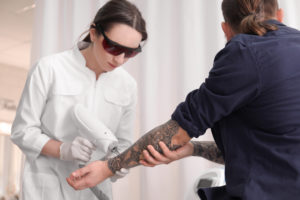 However, there is still no miracle cream that can work as effectively as a
However, there is still no miracle cream that can work as effectively as a 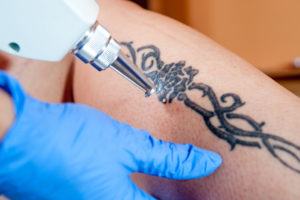 However, poor aftercare may lead to scarring, as well as previous scars during inking that was masked by the tattoo.
However, poor aftercare may lead to scarring, as well as previous scars during inking that was masked by the tattoo.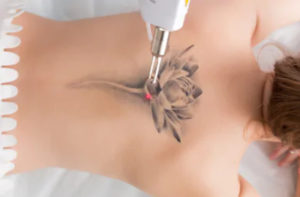 Your practitioner can give you an anesthetic agent (lidocaine) to numb the area so that the process would not be too uncomfortable.
Your practitioner can give you an anesthetic agent (lidocaine) to numb the area so that the process would not be too uncomfortable.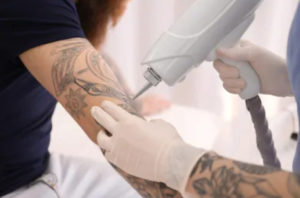 While tattoo removal using lasers has been proven safe and highly effective, not everyone is a good candidate for treatment. Just as it is easier to correct pigmentations among light-skinned individuals, they are also good candidates for laser tattoo removal.
While tattoo removal using lasers has been proven safe and highly effective, not everyone is a good candidate for treatment. Just as it is easier to correct pigmentations among light-skinned individuals, they are also good candidates for laser tattoo removal.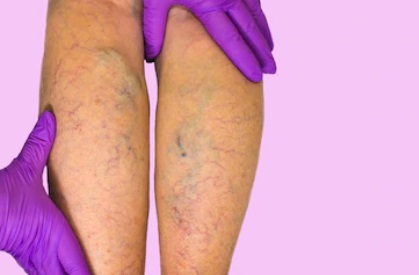

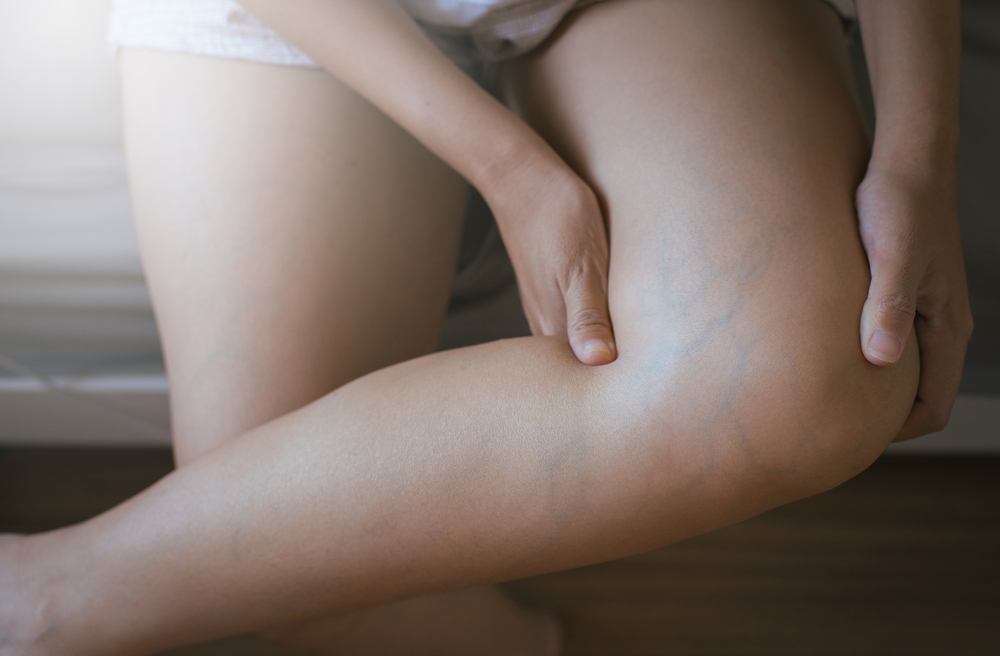
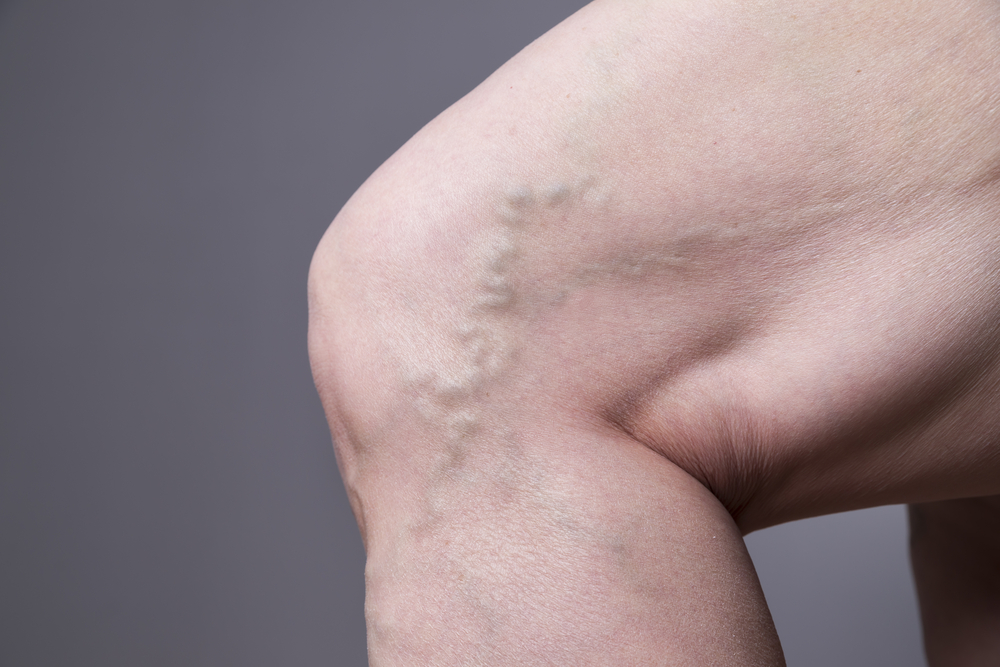
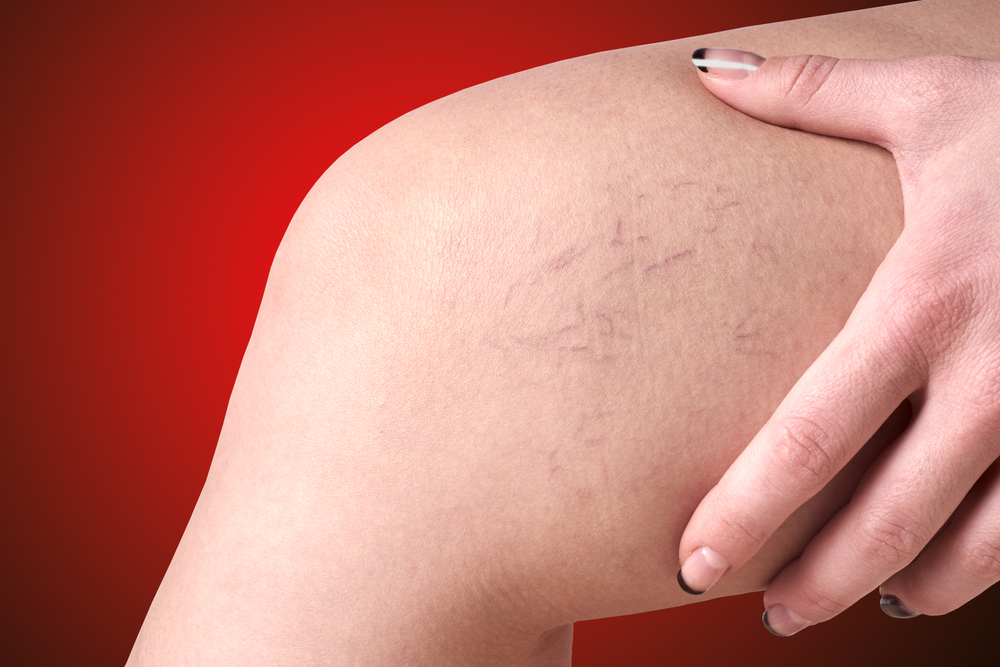

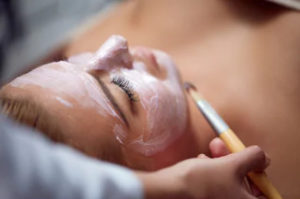 Cosmetic surgeries can slash years from your face, but nowadays,
Cosmetic surgeries can slash years from your face, but nowadays, 
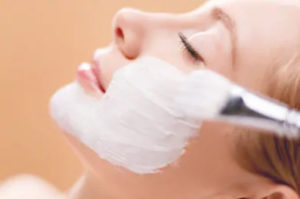 The advantage of
The advantage of  Botox or anti-wrinkle injection is best for expression lines or the wrinkles that are formed through repetitive actions of facial muscles such as when smiling, squinting, frowning, or laughing.
Botox or anti-wrinkle injection is best for expression lines or the wrinkles that are formed through repetitive actions of facial muscles such as when smiling, squinting, frowning, or laughing.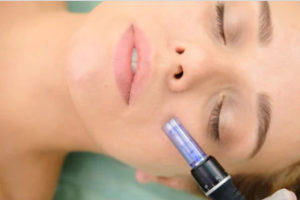 Dubbed as the ‘glow treatment’ or ‘vitamin injection’, mesotherapy is another injectable that is getting the nod from beauty experts.
Dubbed as the ‘glow treatment’ or ‘vitamin injection’, mesotherapy is another injectable that is getting the nod from beauty experts.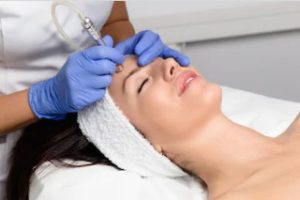 Microdermabrasion can help make your
Microdermabrasion can help make your 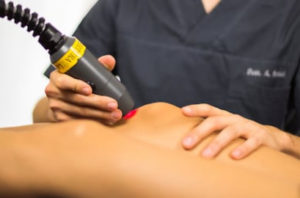 Lasers are powerful treatments that give dramatic improvements in the hands of a skilled therapist.
Lasers are powerful treatments that give dramatic improvements in the hands of a skilled therapist.